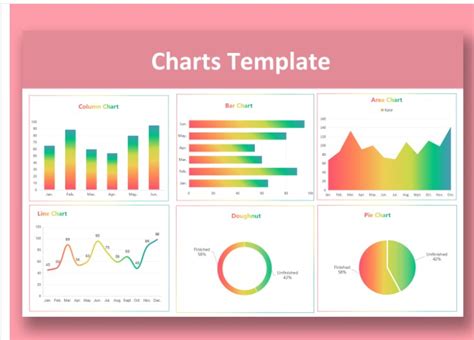The Perennial Financial Dilemma
For many men striving for financial stability and long-term wealth, the question often arises: should I prioritize paying down debt or investing my money? This isn’t a one-size-fits-all answer, as the optimal strategy hinges on a multitude of personal financial factors, including the type of debt, interest rates, investment opportunities, and individual risk tolerance.
Understanding the Core Conflict
At its heart, the conflict between debt repayment and investing lies in the concept of opportunity cost. Every dollar you allocate to one goal is a dollar not available for the other. Repaying debt offers a guaranteed ‘return’ in the form of avoided interest payments. Investing, on the other hand, offers the potential for higher returns, but with inherent market risk.
The Case for Aggressive Debt Repayment
When it comes to high-interest debt, such as credit card balances, personal loans, or certain payday loans, prioritizing repayment is almost always the financially sound choice. The interest rates on these debts can easily exceed 15-20% annually, making it incredibly challenging for even the most aggressive investment strategies to consistently outperform that ‘guaranteed’ return. Eliminating high-interest debt provides a tangible, risk-free return on your money and frees up cash flow for future investing.
Beyond the pure financial numbers, there’s a significant psychological benefit to being debt-free. The absence of high-interest debt can reduce stress, improve mental well-being, and provide a sense of financial liberation, setting a strong foundation for wealth building.

When Investing Takes Precedence
While high-interest debt should be tackled first, there are scenarios where investing takes priority, even with some debt present. The most common and compelling argument for investing is taking advantage of an employer’s 401(k) match. This is essentially free money, often an immediate 50-100% return on your contribution. Failing to contribute enough to get the full match is leaving money on the table.
For low-interest debt, like most mortgages or student loans with rates below 4-5%, the math can lean towards investing. Historically, the stock market has provided average annual returns higher than these low interest rates over the long term. This allows your money to work harder for you through compounding, growing your wealth significantly over decades.

The Hybrid Approach: Balancing Both
Often, the best strategy is a hybrid approach that balances both debt repayment and investing. Here’s a common framework:
- Emergency Fund First: Before aggressively tackling debt or investing, establish an emergency fund with 3-6 months of living expenses in a readily accessible, high-yield savings account. This protects you from unforeseen financial shocks without going further into debt.
- Get the Employer Match: Contribute to your 401(k) or similar retirement plan up to the employer match. This is non-negotiable free money.
- Attack High-Interest Debt: Focus any remaining extra funds on paying down credit card debt, personal loans, or any debt with interest rates above 7-8%. Use the debt snowball or debt avalanche method.
- Increase Investing & Tackle Low-Interest Debt: Once high-interest debt is gone, you can significantly increase your contributions to retirement accounts (Roth IRA, 401(k) beyond the match) and other investment vehicles, while making regular payments on low-interest debt. Some may opt to make extra payments on low-interest debt if it provides peace of mind or a guaranteed return they prefer over market volatility.

Key Factors to Consider
- Interest Rates: The higher the interest rate on your debt, the more urgent its repayment becomes.
- Investment Horizon: If you have many years until retirement, the power of compounding works in your favor for investing.
- Risk Tolerance: If the thought of market fluctuations keeps you up at night, the guaranteed ‘return’ of debt repayment might be more appealing.
- Psychological Comfort: Some men prefer the peace of mind that comes with being debt-free, even if the pure financial math might suggest investing.
- Future Goals: Are you saving for a down payment on a house, your child’s education, or early retirement? Your goals will influence your priorities.

Crafting Your Personalized Strategy
Ultimately, the best approach is a personalized one. Take the time to:
- List all your debts: Include interest rates and minimum payments.
- Assess your financial goals: Short-term, mid-term, and long-term.
- Understand your risk tolerance: How comfortable are you with market volatility?
- Automate your finances: Set up automatic transfers for debt payments and investments to stay consistent.
- Review regularly: Your financial situation and goals may change, so revisit your strategy at least once a year.
Consulting with a qualified financial advisor can provide invaluable guidance tailored to your specific situation, helping you navigate these complex decisions and build a robust financial future.





